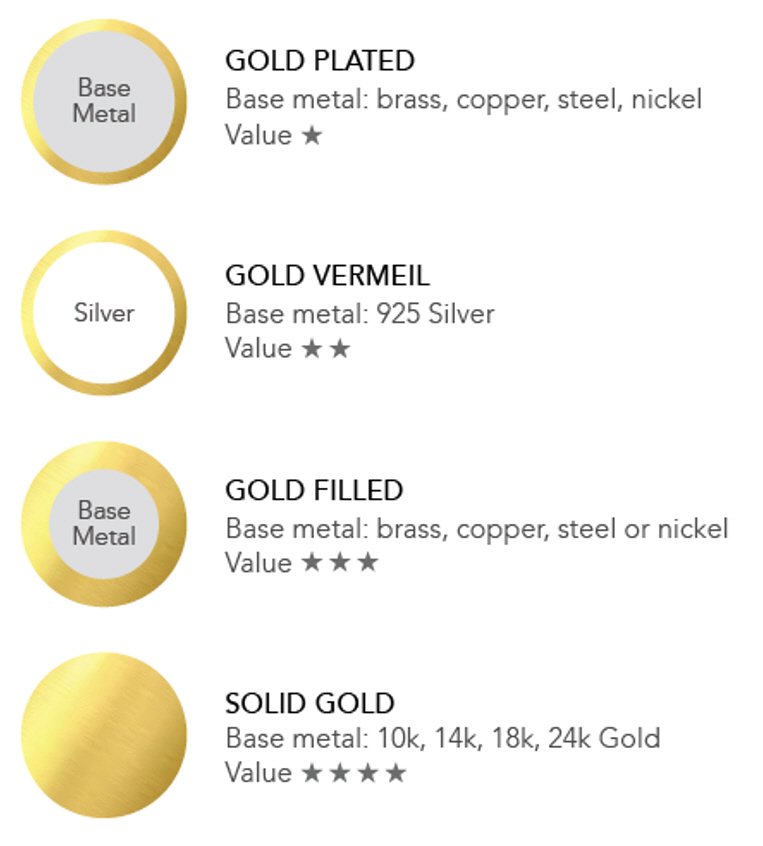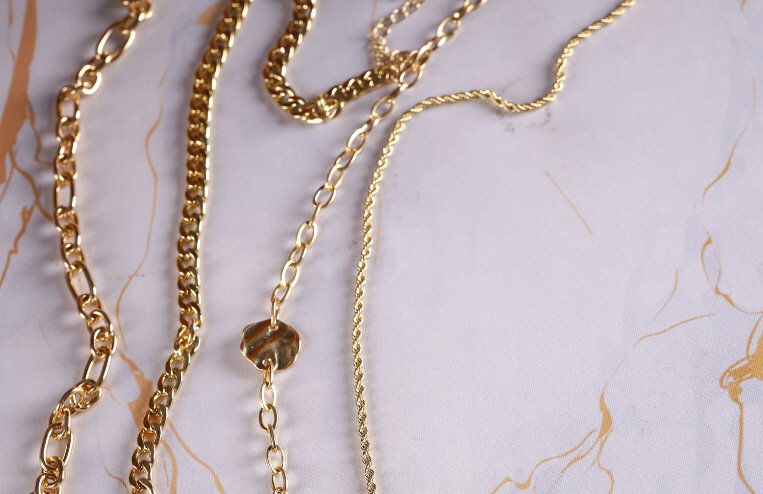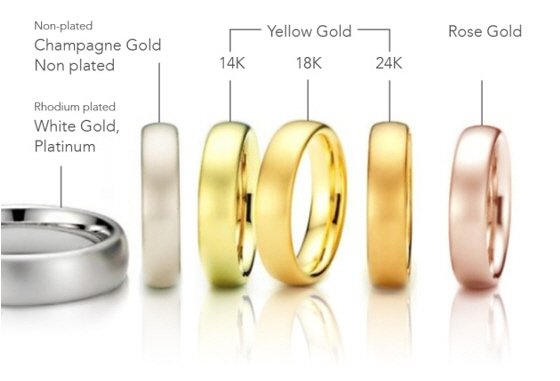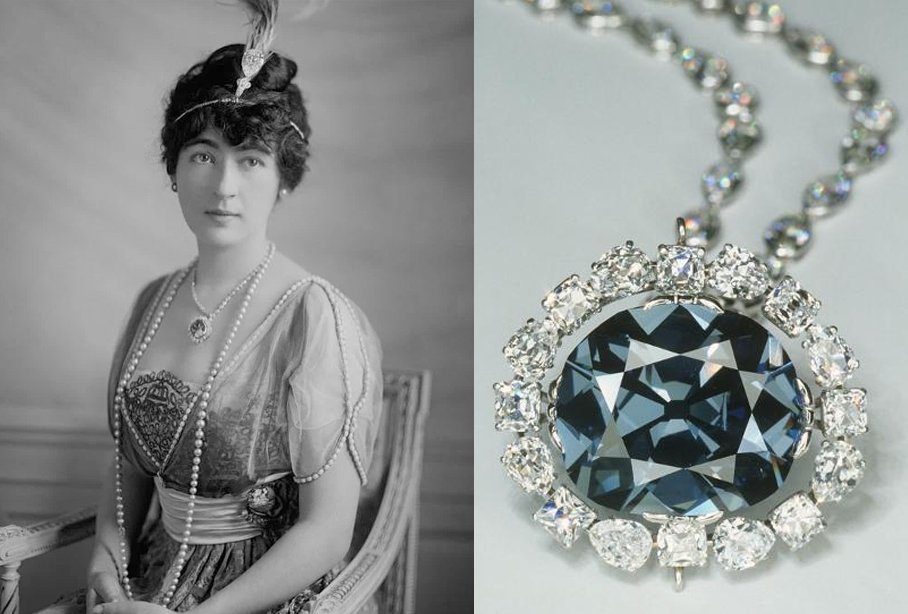
Edwardian Era
The Transition to Edwardian Elegance
The vibrant use of colors, diverse materials, and intricate motifs in jewelry design during the Art Nouveau period laid the foundation for the refined aesthetic of the 20th century. This seamless transition led to the Edwardian era, which celebrated sophistication and understated luxury.
The Edwardian period was marked by significant industrial and scientific advancements, coupled with the prosperity brought by international trade. This economic wealth fueled the growth of the jewelry industry, with gemstones playing a central role. Bourgeoisie, royals, and aristocrats used jewelry as a symbol of status and wealth, and the designs of this era reflected their desire for opulence.
The development of machine technology enabled the processing of platinum, a strong yet lightweight metal. This advancement allowed for intricate settings that showcased diamonds and gemstones while complementing the feminine elegance of lace dresses and plunging necklines. Popular designs included chokers, pendants, and motifs inspired by Rococo revival, such as ribbons, floral garlands, stars, and tiaras. Diamonds were often paired with pearls, and the milgrain setting technique added a delicate yet decorative touch. Jewelry from this period continues to be celebrated for its exceptional craftsmanship and quality.
Cartier: A Legacy of Craftsmanship
Founded by Louis-François Cartier, Cartier began as a Parisian jewelry workshop before gaining global recognition as a purveyor of exquisite luxury. Cartier became the official jeweler for British King Edward VII and other aristocrats, setting the standard for exceptional craftsmanship and innovative design.
Cartier pioneered the use of platinum, a metal both harder and lighter than gold, and developed techniques such as invisible settings to create refined and intricate pieces. In 1898, Louis Cartier popularized the platinum wedding band after crafting one for his wife, further cementing Cartier’s reputation as a royal jeweler. This legacy earned Cartier the title of “Jeweler to Kings.”
Fabergé: The Russian Master
Carl Fabergé, a renowned Russian jeweler, gained international fame for his intricate egg-shaped creations, famously known as the Fabergé eggs. These masterpieces, adorned with gemstones and enamel, were commissioned by the Russian royal family as Easter gifts.
Fabergé revolutionized traditional designs by combining hand-applied enamel techniques with guilloché, a machine-assisted engraving method. He worked with a variety of materials, including gold, silver, jade, lapis lazuli, and malachite, to create fantastical and avant-garde pieces. Fabergé’s egg designs became a symbol of Russian luxury and craftsmanship, reaching their artistic zenith under his meticulous attention to detail.
Accessories of the Era: A Flourish of Grandeur
During the Edwardian era, women’s hairstyles were elaborate, often requiring maids to adjust and maintain them throughout the day. Accessories such as feather ornaments by Cartier, Tiffany’s peacock feather designs, and headbands adorned with opals and cameos reflected the importance of sophistication and extravagance.
Although tiaras and hatpins were not exclusive to royalty, they became symbols of status. Many of these accessories featured emeralds and diamonds, showcasing unparalleled craftsmanship while emphasizing the wearer’s social standing.
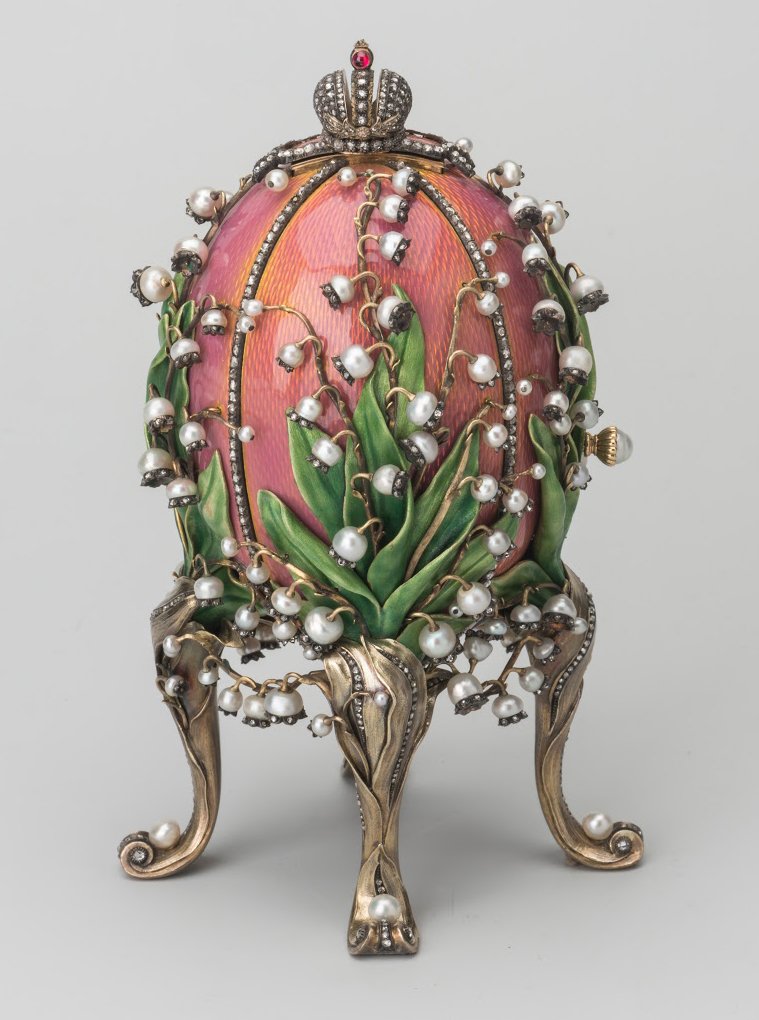
<Lilies of the Valley Egg, 1898, Peter-Carl-Faberge>
<Evalyn Mclean wears the famous blue diamond Hope, Cartier 1910>



